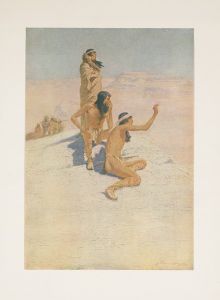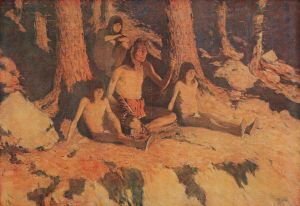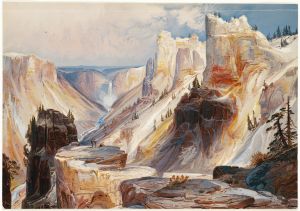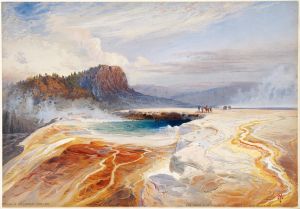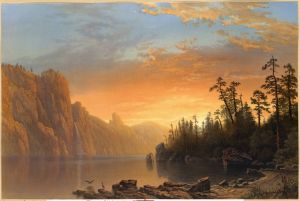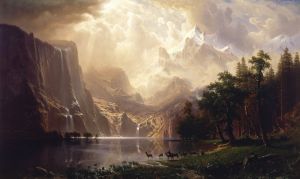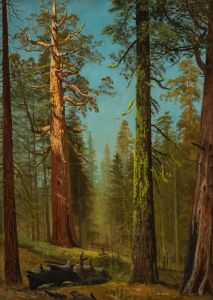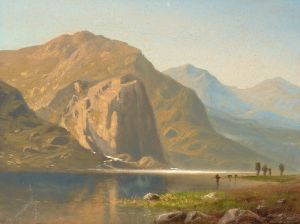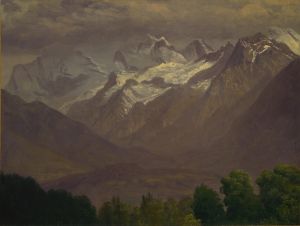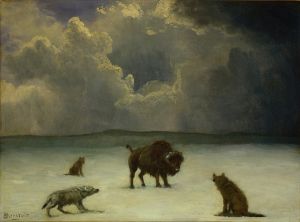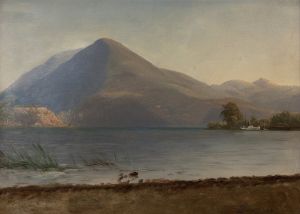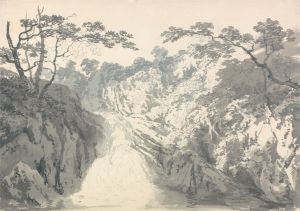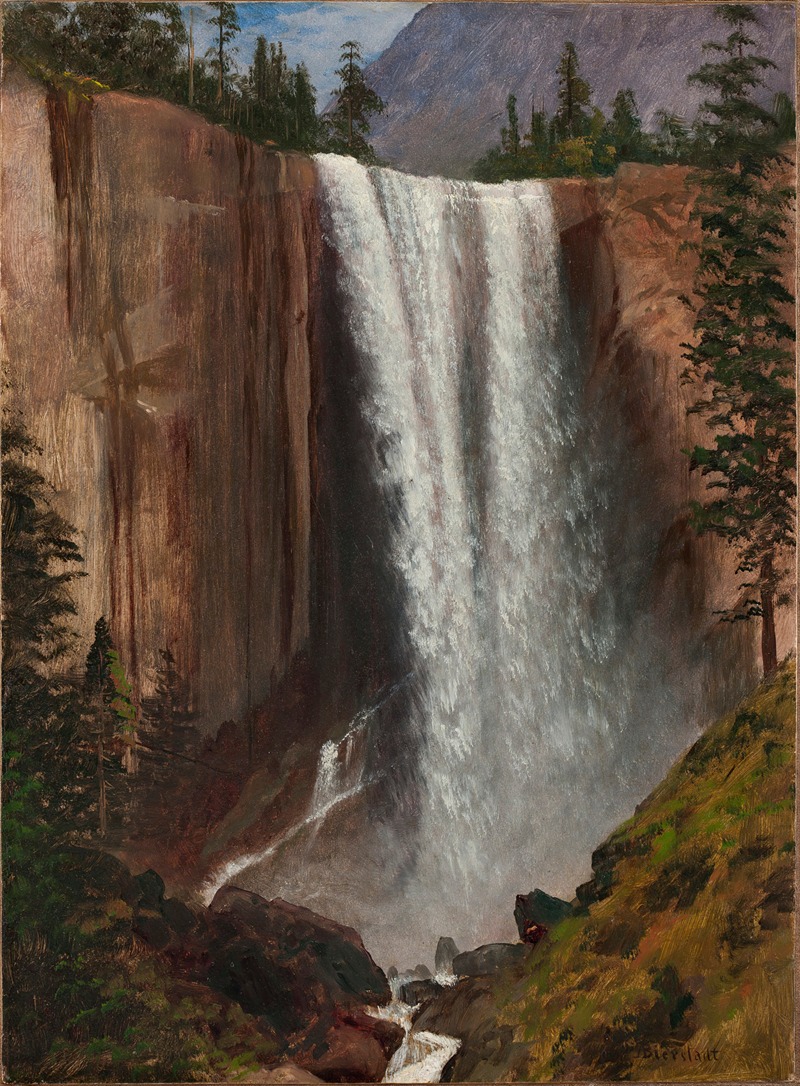
Vernal Fall
A hand-painted replica of Albert Bierstadt’s masterpiece Vernal Fall, meticulously crafted by professional artists to capture the true essence of the original. Each piece is created with museum-quality canvas and rare mineral pigments, carefully painted by experienced artists with delicate brushstrokes and rich, layered colors to perfectly recreate the texture of the original artwork. Unlike machine-printed reproductions, this hand-painted version brings the painting to life, infused with the artist’s emotions and skill in every stroke. Whether for personal collection or home decoration, it instantly elevates the artistic atmosphere of any space.
Albert Bierstadt was a German-American painter known for his large landscapes of the American West. Born in 1830 in Solingen, Germany, Bierstadt immigrated to the United States with his family in 1832. He became one of the most prominent painters associated with the Hudson River School, a mid-19th century American art movement embodied by a group of landscape painters whose aesthetic vision was influenced by romanticism.
One of Bierstadt's notable works is "Vernal Fall," which depicts the famous waterfall located in Yosemite National Park, California. Bierstadt's interest in the American West was piqued during his travels with several exploratory expeditions, most notably the 1859 Lander Expedition, which provided him with the opportunity to sketch the vast landscapes of the region. These sketches later served as the basis for his large-scale studio paintings.
"Vernal Fall" captures the grandeur and beauty of the Yosemite Valley, a subject that fascinated Bierstadt and many of his contemporaries. The waterfall itself is one of the most iconic features of Yosemite National Park, with a drop of 317 feet. Bierstadt's painting is characterized by its dramatic use of light and shadow, a hallmark of his style, which often emphasized the sublime and awe-inspiring aspects of nature.
Bierstadt's work was instrumental in shaping the perception of the American West during the 19th century. His paintings were celebrated for their detail and ability to convey the majesty of the landscapes, although they were sometimes criticized for their romanticized and idealized portrayal of the natural world. Despite this, his works played a significant role in promoting the idea of westward expansion and the notion of Manifest Destiny, which was prevalent during that era.
"Vernal Fall" is an example of Bierstadt's ability to blend realism with romanticism, capturing both the physical reality and the emotional impact of the landscape. His paintings often featured dramatic skies, lush vegetation, and meticulous attention to detail, which helped to convey the sense of wonder and exploration associated with the American frontier.
Bierstadt's paintings, including "Vernal Fall," were exhibited widely and gained significant attention both in the United States and Europe. His work contributed to the growing interest in the preservation of natural landscapes, which eventually led to the establishment of national parks, including Yosemite.
Today, Albert Bierstadt is remembered as one of the foremost landscape painters of the 19th century. His works continue to be celebrated for their artistic merit and historical significance, offering a window into the era of exploration and expansion in the United States. "Vernal Fall" remains a testament to Bierstadt's skill in capturing the essence of the American wilderness, reflecting both the beauty and the grandeur of the natural world.





